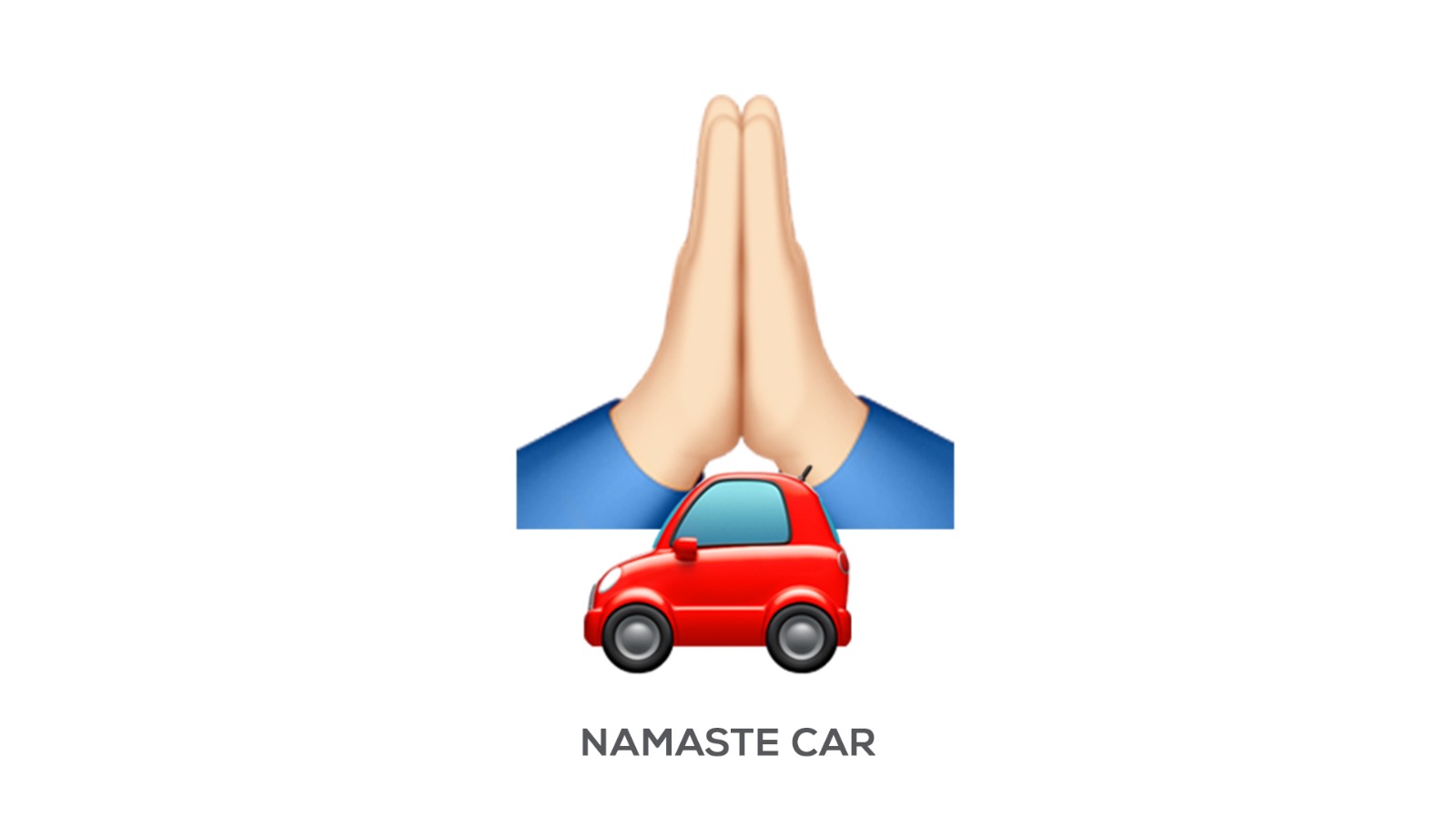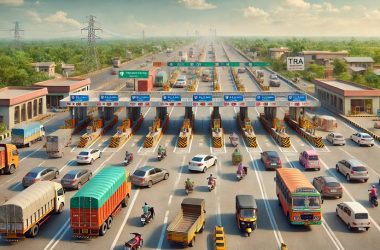The National Highways Authority of India (NHAI) is set to embark on an ambitious project to enhance the green cover along the nation’s highways. This initiative will employ the Miyawaki plantation method on various land parcels adjacent to National Highways, particularly around the Delhi-NCR region. A total of over 53 acres has been earmarked for these plantations.
Among the sites identified for this green initiative are:
- 4.7 acres along the Haryana section of Dwarka Expressway
- 4.1 acres near Sohna on the Delhi – Vadodara section of the Delhi-Mumbai Expressway
- Approximately 5 acres each at Chabri and Kharkhara interchanges on NH 152D in Haryana
- Over 12 acres at Shamli bypass on NH-709B
- 9.2 acres at Duhai interchange on the Eastern Peripheral Expressway near Ghaziabad
- 5.6 acres near the Meerut-Najibabad section of NH-34 in Uttar Pradesh
Groundwork has already begun at these locations, with planting scheduled for the upcoming monsoon season, aiming for completion by the end of August 2024.
The Miyawaki method, a Japanese approach to ecological restoration, is renowned for creating dense, native, and biodiverse forests quickly. These plantations significantly boost groundwater retention and recharge the groundwater table. The method ensures rapid tree growth, approximately ten times faster than usual, and the resulting forests act as effective barriers against sound and dust pollution. The focus will be on planting indigenous species suited to local climate and soil conditions to ensure the success of these forests.
The development of Miyawaki forests will create resilient ecosystems, offering numerous benefits to both the environment and local communities. These include improvements in air and soil quality, biodiversity conservation, efficient carbon absorption, soil restoration, and the creation of habitats for local flora and fauna. Based on the success of this project in Delhi/NCR, NHAI plans to replicate the model nationwide.
By increasing green cover using the Miyawaki method, this initiative aims not only to improve the health and well-being of residents along National Highways but also to enhance the aesthetic appeal and overall commuting experience in the NCR region.








